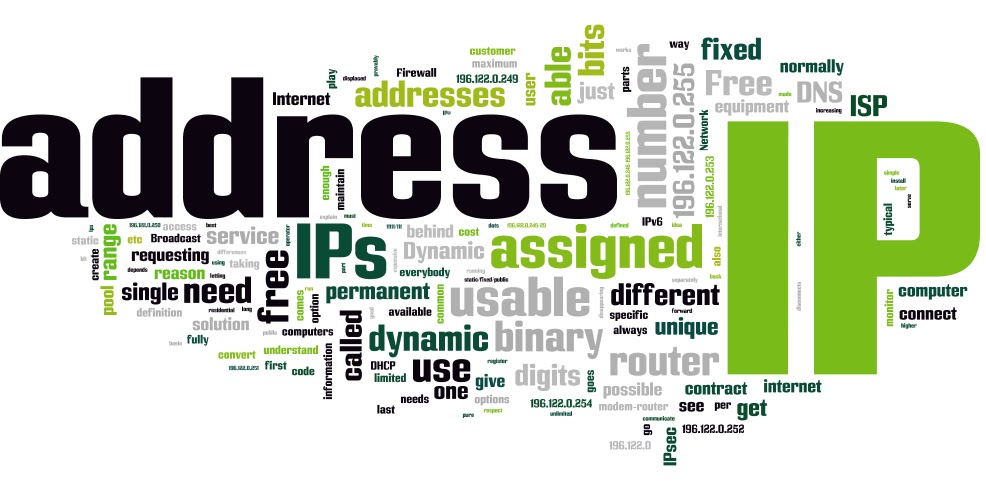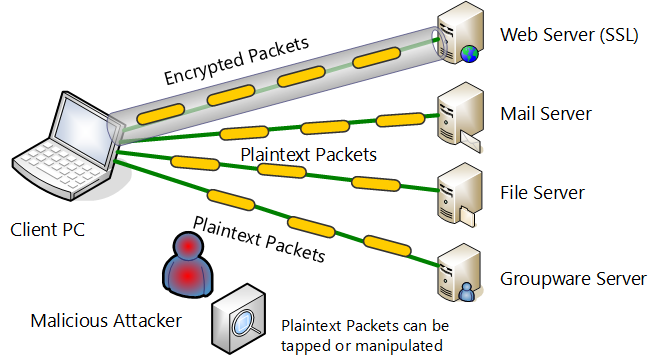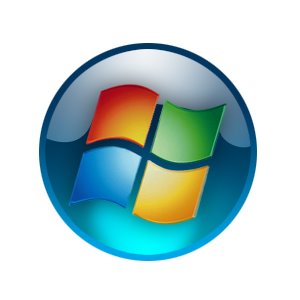ISP stands for Internet Service Provider. It is a branded company that provides its users with internet access. Using phone lines and broadband connection are the most common ways to connect to an ISP.
Examples of famous ISP's include:
 Virgin Media
Virgin MediaSky broadband
BT broadband
Orange

O2 Priority
Vodafone
three UK
What is an IP address?
An IP address is an Internet Protocol address. It is a unique group of numbers that are separated by full stops that represent the identities to every computer using the internet protocol to communicate over a network.
How does the internet work?
Every computer is connected together by the internet in order to communicate to each other, this is called a network. However connecting the computers together is not enough. On the internet there are specific rules of exchanging data over a computer network and they are called protocols.
When you want to send something to someone that is too big, it would have to be broken up into small pieces for it to reach its chosen destination. On the internet these small pieces are called packets. Each of these packets include their own instructions about how they fit together as well as details about where it came from and where it is going.
Every computer has a unique numeric address which is known as an IP address and these can easily be searched for on something called a domain name server. When the packets have an address, they get guided to it by routers which pass the packets along. Once it has arrived to its destination, the instructions help explain how to put all the packets back together.







